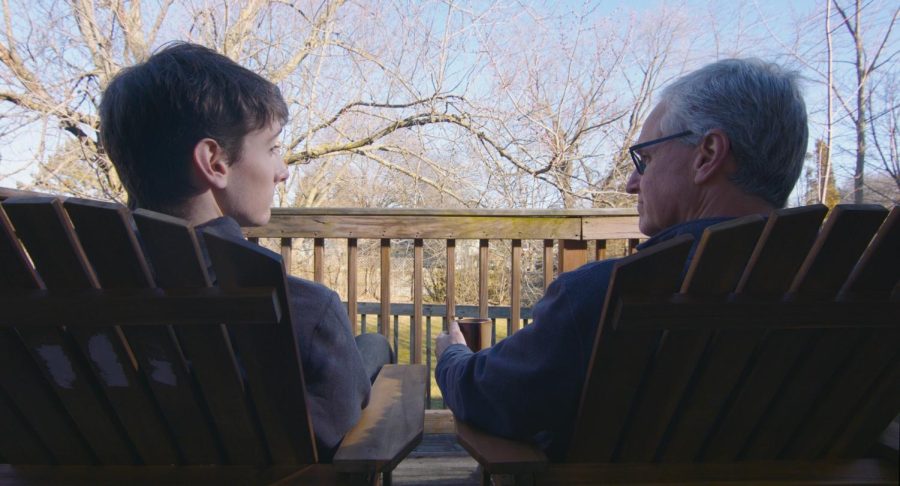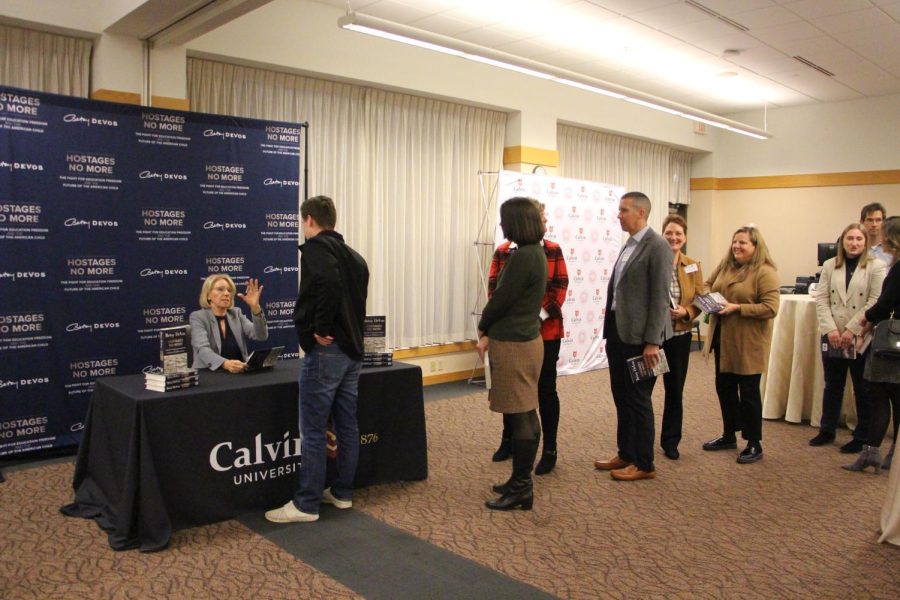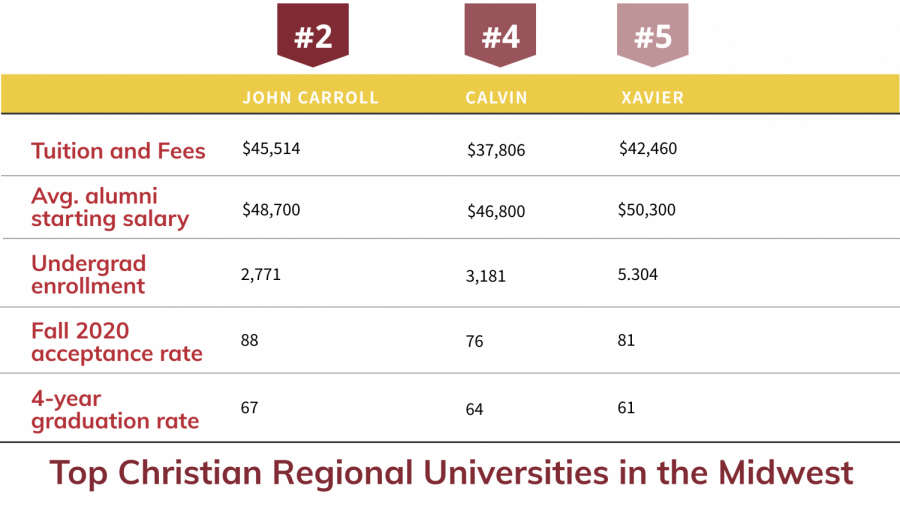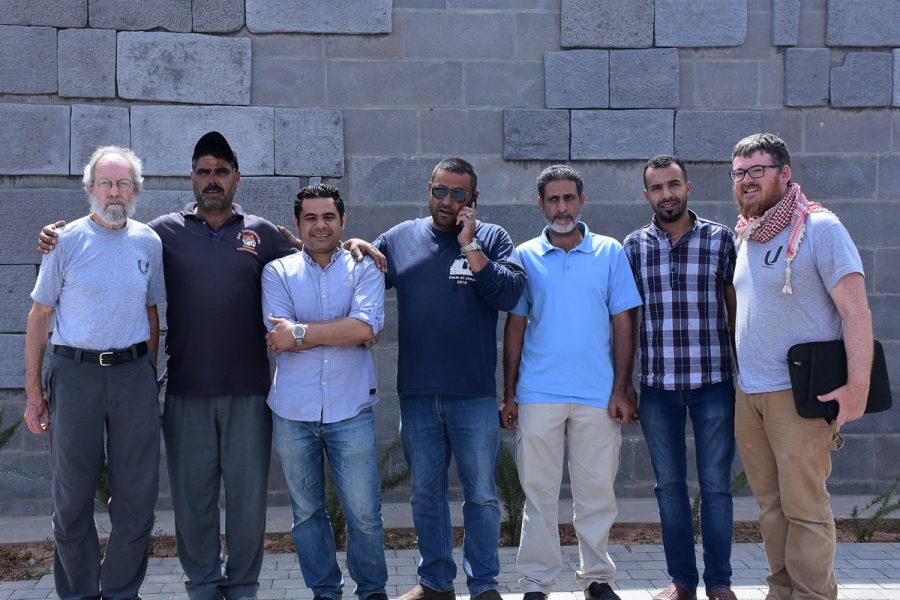Four years ago, faculty and staff of the speech pathology and audiology department (SPAUD) began dreaming of a larger facility in which they could expand their growing program. On September 8, that dream became a reality as Calvin—in conjunction with Western Michigan University (WMU) and Grand Valley State University (GVSU)—opened a new clinic just north of campus near the intersection of Lake Drive and the East Beltline.
“This has been a long time coming. This is our baby,” said Jill Bates, the clinical director of the SPAUD department. In recent years, the department has been gaining momentum and has needed space to grow. This year, with 192 students majoring across the five-year program, the SPAUD department is larger than it has ever been.
But the influx of students was not the only reason SPAUD needed a new space. Since Calvin’s SPAUD department is so highly regarded in the Grand Rapids community, it serves as the continuum for the therapy programs of Spectrum Health and Mary Free Bed. Due to this close connection, Calvin’s SPAUD program had an overflow of patients and not enough space to serve them.
“On Campus Pediatric and Adult Neuro Clinic served approximately 150 clients, pediatric and adult, every week for individual group speech treatment,” said Bates. But having this many clients was difficult to manage.
Now, with the additional space at the new facility, the old location will concentrate its attention on fewer clients. “We feel that we can better manage 100 clients each week with the first-year graduate program academic load,” said Bates.
According to sophomore Jordyn Stromback, the new location will provide a professional setting for students to practice their skills and help the community. “The clinic looks just like any other professional clinic out there. It gives us a feeling that we are very close to our goal, and it will make us step up our game a bit more,” said Stromback. “Being able to say we worked in a professional clinic like this will definitely help our job prospects.”
In the past, it was difficult to provide care for clients that required more intensive multi-disciplined services. “Our clients needed more than just speech therapy,” said Bates. “They needed physical therapy, occupational therapy and neurotherapy.”
Now, in collaboration with GVSU and WMU, the new facility will provide a space for multi-treatment approaches, including occupational therapy (OT) and physical therapy (PT).
For two and a half days of the week, GVSU will provide PT services in the new facility; WMU currently provides OT services in the facility five days per week, and WMU graduate students will begin working there in January. In addition to these therapies, the Calvin social work department also provides services in the facility 12 hours per week.
SPAUD, in conjunction with other programs, will be able to serve more clients in more effective and holistic ways. “We anticipate that the Calvin College Rehabilitation Services (CCRS) will provide approximately 200 clinical sessions per week across the multiple disciplines,” said Bates.
Previously, the SPAUD department operated in conjunction with the communications arts and sciences (CAS) department; however, with the considerable growth in the SPAUD department, the two have now split to become separate departments.
“This split allows SPAUD to concentrate their needs,” said Jack Bosmeijer, chief engineer of Devos Communications Center with the CAS department. “This will allow them to focus their efforts more.”
Anna Mijal, a first-year graduate student in the SPAUD program, also commented on the new clinic and the departmental split:
“Breaking free from CAS is a great expansion. The new space provides a great opportunity to collaborate with other students and professionals in the field, too.”
Through the CCRS, 30 percent of services provide income to help fund the program, while 70 percent of the services are considered pro-bono. This community-focused method is necessary, as many clients do not have the financial means to afford service. At the same time, this generous practice echoes the department’s Christian philosophy, which has been central to the department’s recent growth.
“There are many students who are seeking this program because of the quality and the intentional inclusion of our faith in academic and clinical training,” said Bates. “There are very few speech-language pathology undergraduate and graduate programs who do this.”
Though the facility has officially opened, there is still work to be done; currently, the parking lot outside the facility is under construction. Last Tuesday, the CCRS celebrated the opening of the new facility. Builders, computer technicians, first and second year SPAUD students and SPAUD professors filled the building, recognizing the culmination of the last four years’ efforts and looking forward to a promising service-oriented future.








